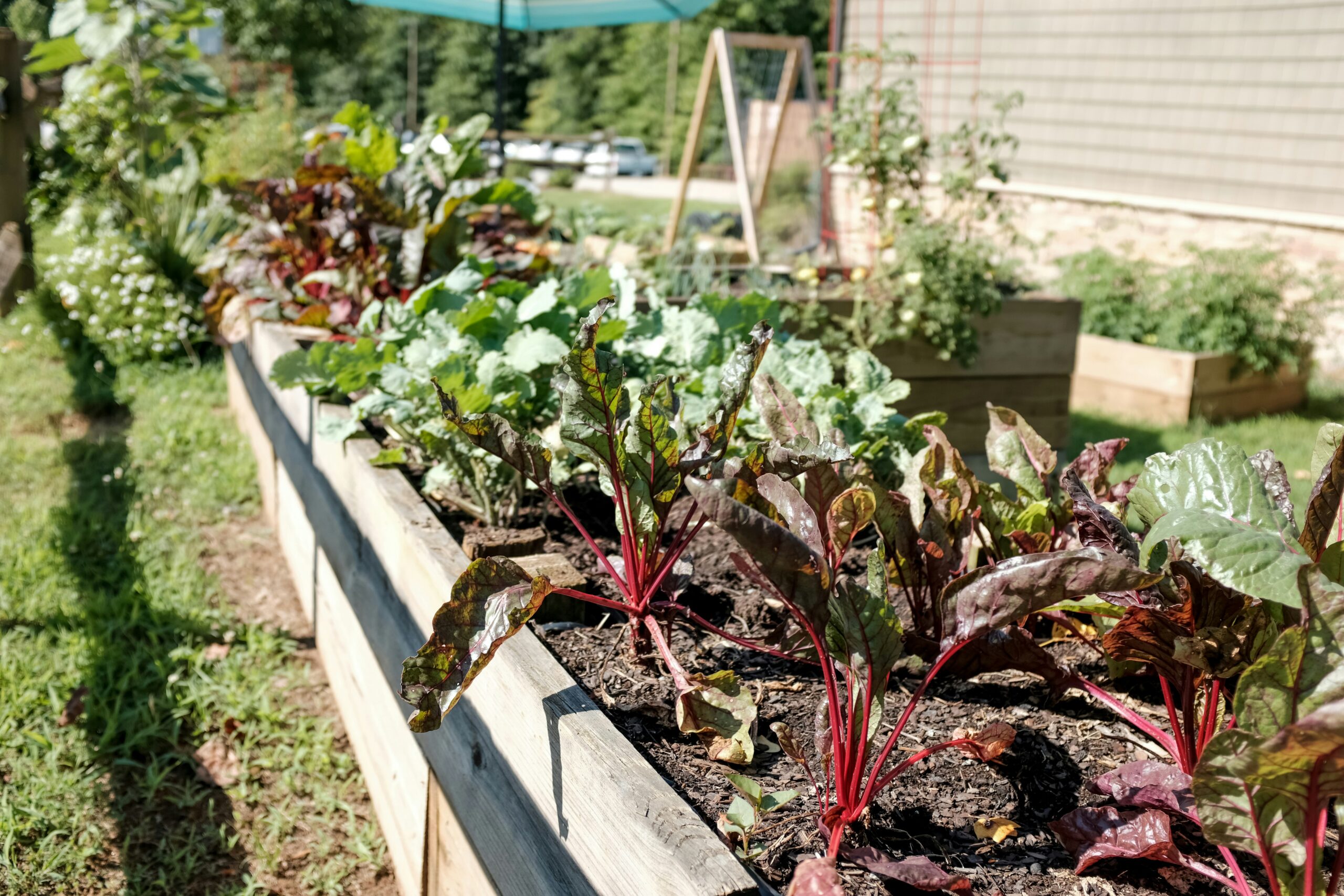Feeling daunted by the idea of meticulous garden planning and upkeep? Enter chaos gardening—a relaxed, low-effort approach that lets you enjoy a vibrant, thriving yard with minimal fuss. Here’s why you should give chaos gardening a try and how to get started this weekend.
What is Chaos Gardening?
Chaos gardening is a free-spirited gardening method that involves scattering a mix of seeds randomly throughout your yard and letting nature take its course. There’s no need for meticulous planning or precise planting. This method embraces spontaneity, resulting in a diverse and flourishing garden that grows in an organic and natural way.
Why You Should Try Chaos Gardening
- Low Maintenance: Forget about constant weeding, precise watering schedules, and frequent fertilizing. Chaos gardening is all about letting your plants grow with minimal intervention.
- Biodiversity: By mixing a variety of plants, you create a rich ecosystem that attracts beneficial insects and pollinators, leading to a healthier garden.
- Surprise and Delight: Every season brings new surprises as different plants bloom and flourish. Your garden will never look the same twice, keeping things exciting and fresh.
- Stress-Free: Without the pressure of maintaining a perfect garden, you can enjoy the process of gardening more and worry less about the results.
How to Start Your Chaos Garden
- Select Your Seeds: Choose a variety of seeds that suit your climate and soil type. Consider wildflowers, herbs, vegetables, and native plants. A diverse mix ensures continuous blooms and a healthy garden ecosystem.
- Prepare the Soil: While chaos gardening is low-effort, some basic soil preparation helps. Loosen the soil with a rake or hoe to ensure good seed-to-soil contact. Remove any large rocks or debris that might hinder plant growth.
- Scatter the Seeds: This is where the fun begins! Randomly scatter your seeds across the prepared soil. Don’t worry about spacing or organization—just spread them out and let nature do the rest.
- Lightly Cover the Seeds: Gently rake over the scattered seeds to lightly cover them with soil. This helps protect the seeds from birds and the elements, ensuring better germination rates.
- Water Generously: Give your chaos garden a good initial watering to help the seeds settle and start germinating. After that, you can let natural rainfall do most of the work, watering only during dry spells.
- Mulch and Protect: Add a layer of mulch to retain moisture and suppress weeds. If you’re concerned about birds eating your seeds, consider placing some netting over the area until the seeds start to sprout.
Maintaining Your Chaos Garden
One of the best things about chaos gardening is the minimal maintenance required:
- Watering: Rely on natural rainfall as much as possible. During dry periods, water your garden deeply but infrequently to encourage strong root growth.
- Weeding: Embrace a more natural look by allowing some weeds to coexist with your plants. Only remove those that threaten to overtake your garden or compete heavily with your chosen plants.
- Enjoying the Process: Spend time observing your garden, noting which plants thrive and which might need more attention. Enjoy the unpredictability and natural beauty that chaos gardening brings.
Conclusion
Chaos gardening is the perfect way to enjoy a thriving, beautiful yard with minimal effort. By embracing a more spontaneous approach, you can create a diverse and resilient garden that provides joy and surprise throughout the seasons. So grab some seeds, scatter them with abandon, and watch as your yard transforms into a lush, vibrant oasis.









